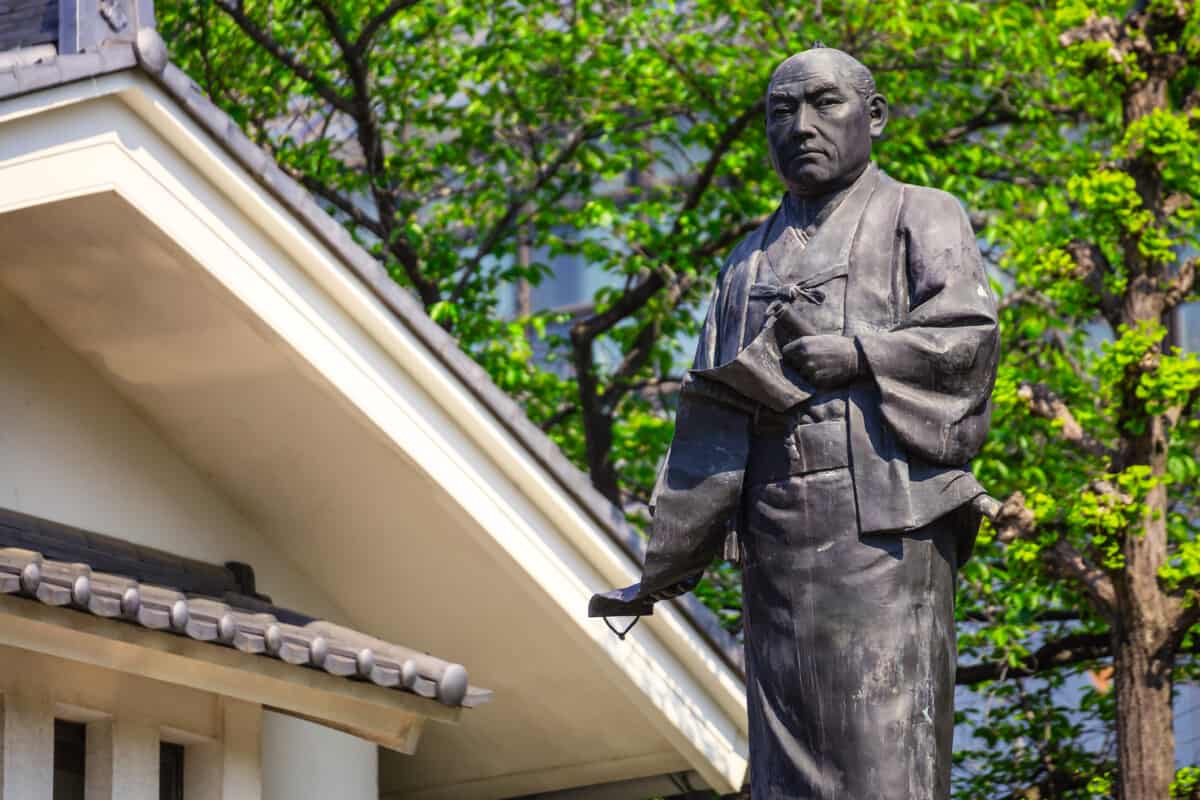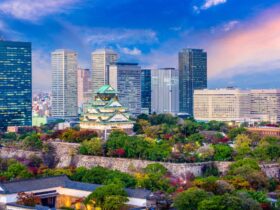A ronin (Japanese for drifter or wanderer) was a term given to samurai without lords or masters during the period 1185-1868. These masterless samurai were free to explore, roam, and live as they wished.
A samurai would become a ronin if his master died or revoked his approval or favor of the samurai. A samurai may also have become a ronin if his master lost his political power or land ownership privileges.
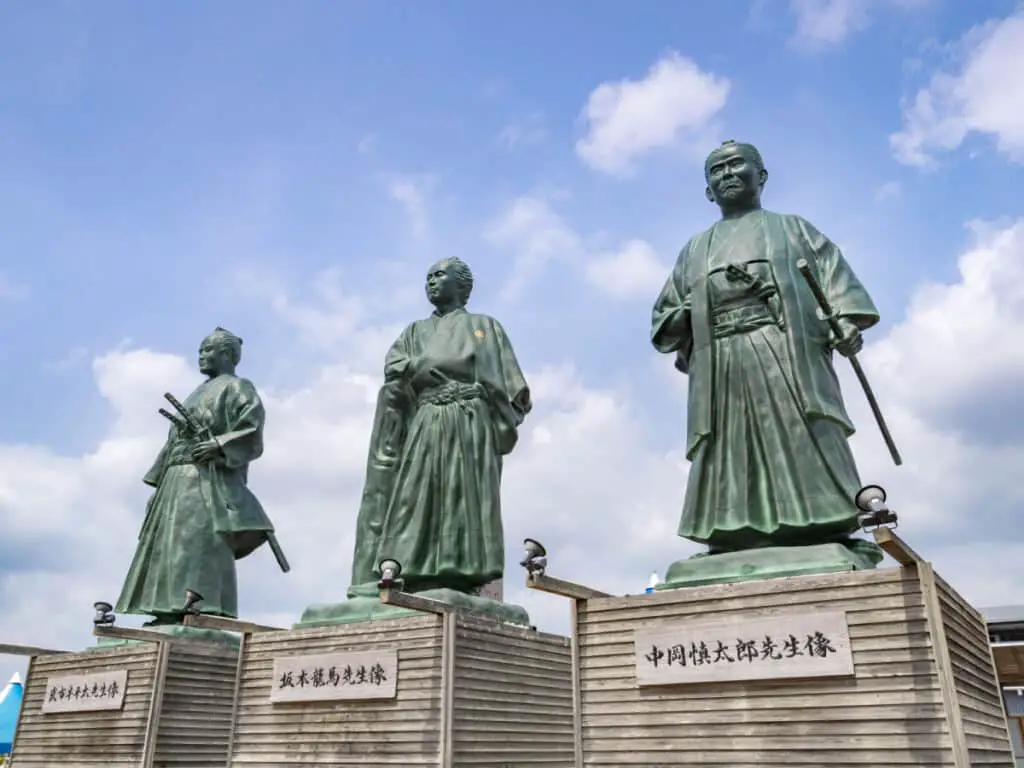
What was a samurai?
Samurai means warrior or knight in Japanese. The title samurai refers to elite Japanese warriors trained and well-practiced in martial arts.
What is the difference between a samurai and a ronin?
Ronin were samurai that had lost their master. They may have lost their master because he passed away, he lost his lordship, or he no longer favored the samurai.
Both ronin and samurai would wear two swords, but the ronin (in particular those who had less wealth) would carry other weapons (staff or bow) that reflected their martial arts training.
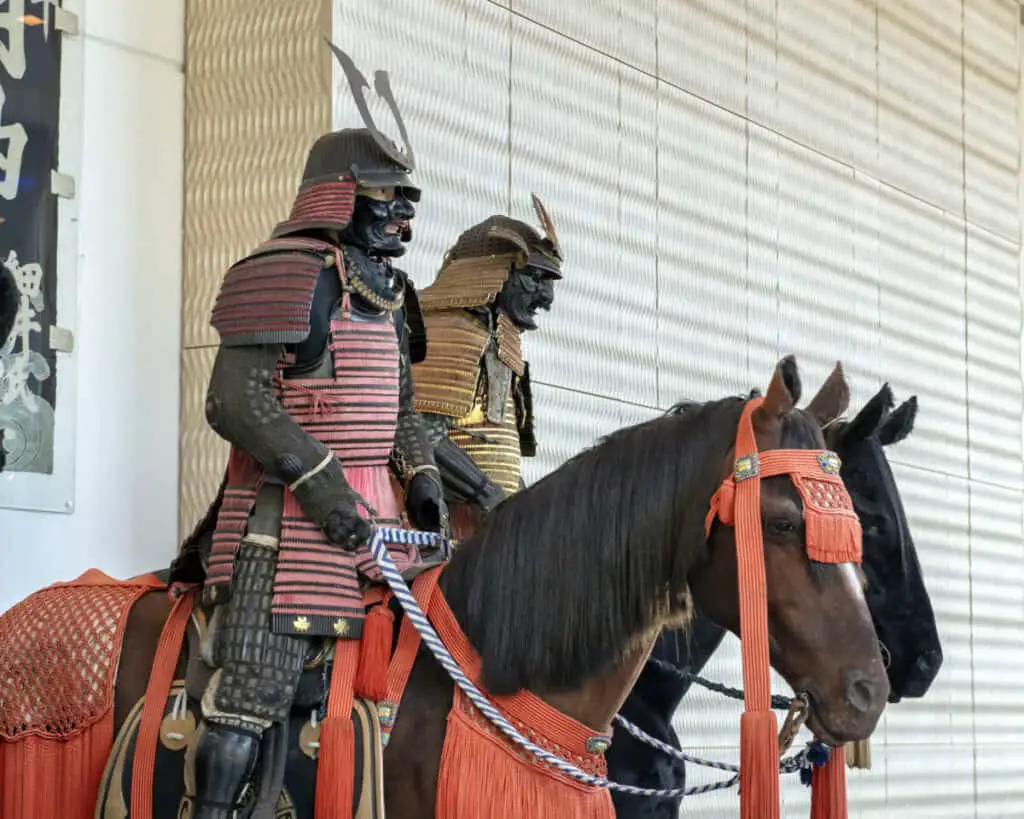
What was the life of a ronin like?
A ronin was a samurai without a master, so they would become assassins, swords for hire, bodyguards, or even dangerous criminals. Some ronin became bandits or joined criminal organizations.
The life of a ronin could be exceptional. These individuals were highly skilled, and they were free to explore the world and all it held for them. Some samurai would become ronin to act out against the Tokugawa (military dictatorship during the Edo period).
If the ronin’s master was killed by an enemy, the ronin may have avenged their master by killing their master’s enemy.
During the Sengoku period, ronin were allowed to seek new masters, but in the Edo period seeking new masters was prohibited.
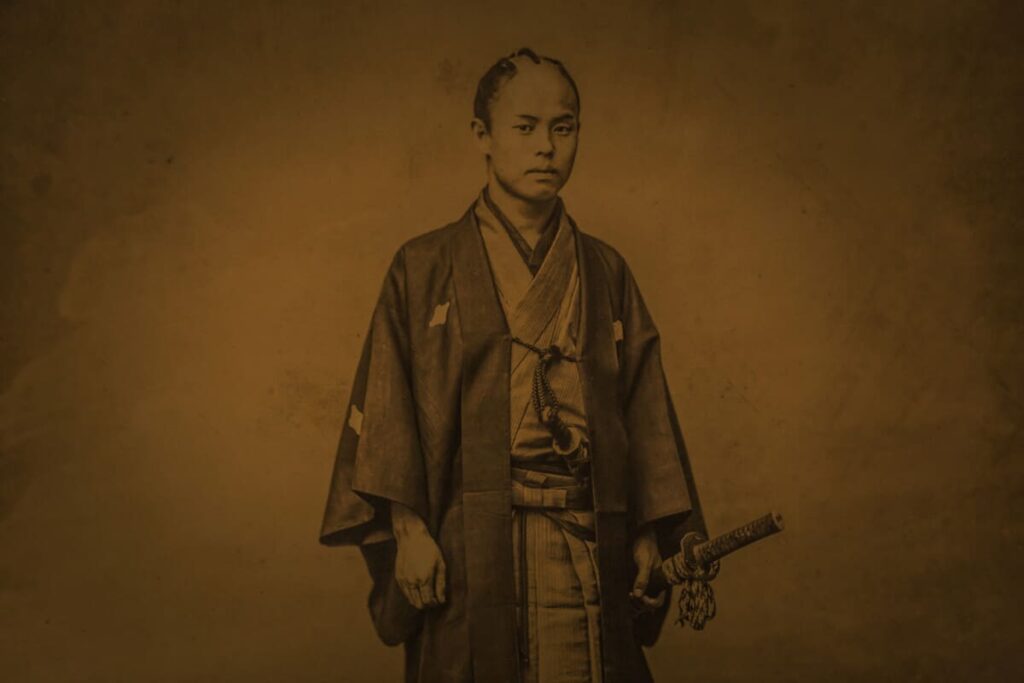
What was a ronin in medieval Japan?
A ronin in the feudal period of Japan was a warrior without a master, who could choose his own destiny. When these skilled individuals had the freedom to write their own stories, they could have chosen good or evil, and most ronin did.
Some ronin would roam the land, helping or raiding those they came across in their journey. There were also ronin that would join outlaw organizations or bandit groups.
Other ronin would join guards or become hired swordsmen. They were the epitome of social and military instability.
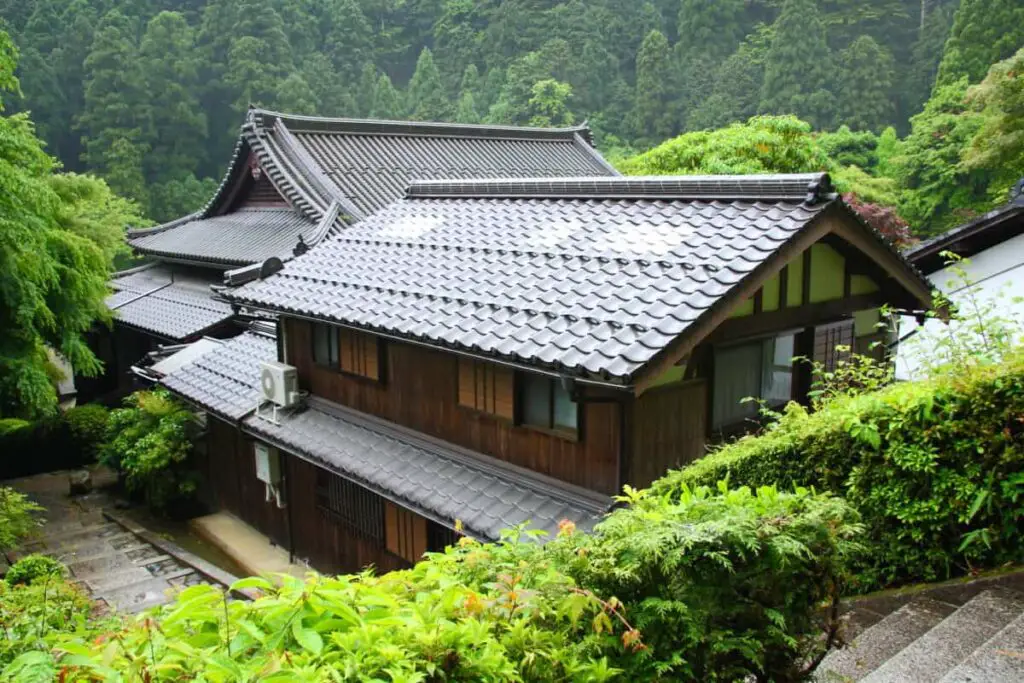
What is the story of the 47 ronin?
The story of the 47 ronin tells the true tale of 47 loyal samurai of the lord of Ako, Asano Naganori. Their blood feud was one of the most dramatic in Japanese history. The 47 samurai became known as Akoroshi, meaning the masterless samurai from Ako.
The story varies on how the offense took place, but regardless, Kira offended Asano. Asano was pushed to the point of losing his temper. He attacked Kira with a dagger.
Any kind of act of violence was completely forbidden in Edo Castle, so the attack on Kira was a grave offense.
Edo Castle Guide Via Jcastle.com
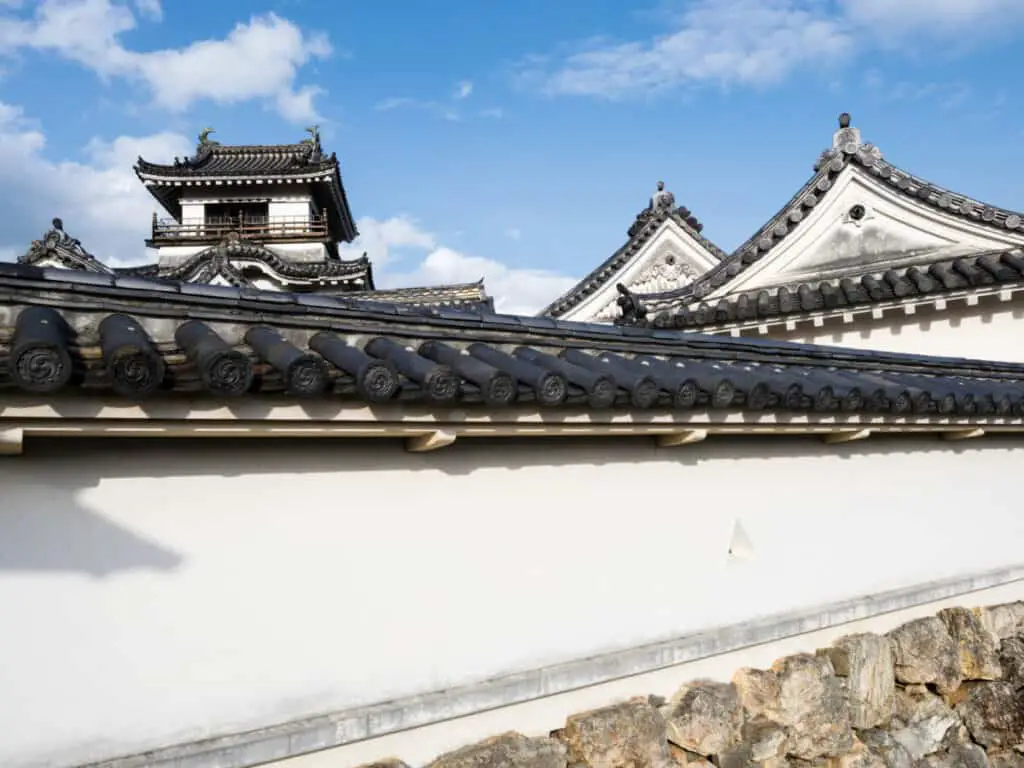
These samurai were left leaderless because their leader Asano Naganori performed seppuku (honorable suicide to rid one’s life and clan of shame) after assaulting Kira Yoshinaka, a court official with immense political power.
There were over 300 men in Asano’s command, and 47 of them refused to accept this fate, vowing to kill Kira to avenge their master.
The 47 ronin waited and planned for two years prior to their attack. They waited for Kira and his guards to relax and once they did, the ronin banded together, renewing their vow to avenge their master, and planning for his attack.
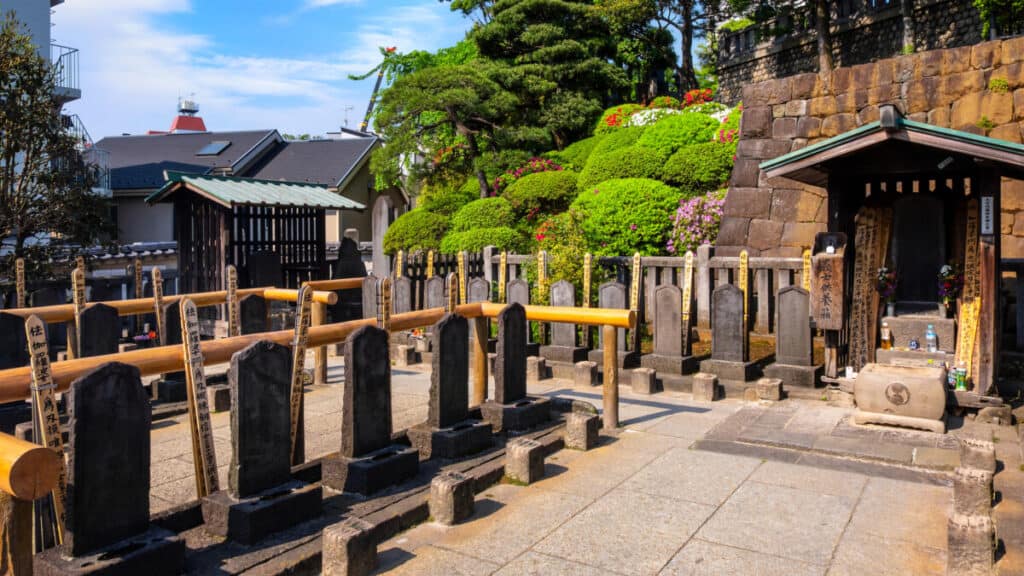
Since the attack had taken so long, the once honorable samurai faced public criticism and disrespect, but this did not deter them from their goal.
The ronin planned to simultaneously attack Kira with the signal of a drum. A whistle would tell the group that Kira was dead.
When the ronin attacked the castle, they split into two parties, one to go through the front and one to go through the back.
The party made their way into the castle, into Kira’s living quarters to find that Kira was gone. The bed which Kira occupied was still warm, so they renewed their search for their master’s enemy.
In the castle, they found a secret exit to the courtyard where they found Kira. They asked him to commit seppuku and die an honorable death, but Kira refused, whimpering and cowering.
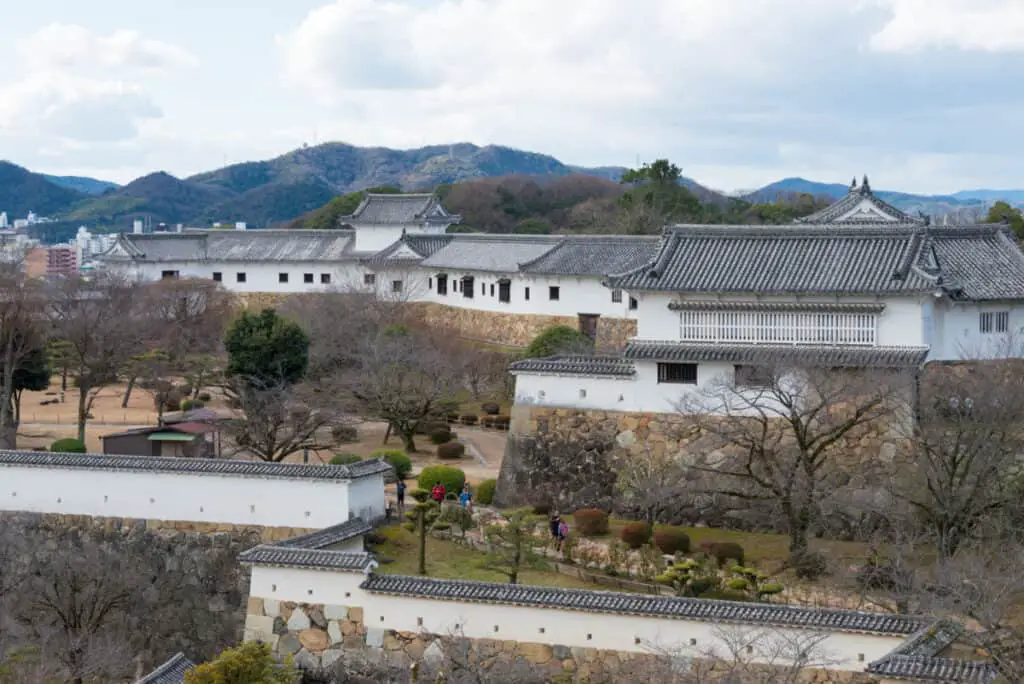
They even offered to cut off his head after he committed seppuku to prevent a prolonged and painful death, but he still refused.
The ronin asked numerous times before finally just executing Kira. The Ronin cut off Kira’s head and Oishi brought it before everyone.
The ronin paraded through the streets, proud of their accomplishment. They had finally avenged their master and returned honor to their names. The people were celebratory, offering the ronin drinks and refreshments along the way.
The ronin took the severed head of Kira and made it an offering to their deceased master. They wanted to avenge their deceased master and they wanted his spirit to be pleased with their loyal service to him.
They would then go on to also commit seppuku to restore the honor of their master, their clan, and their lives.
Sengaku-ji Temple Official Website
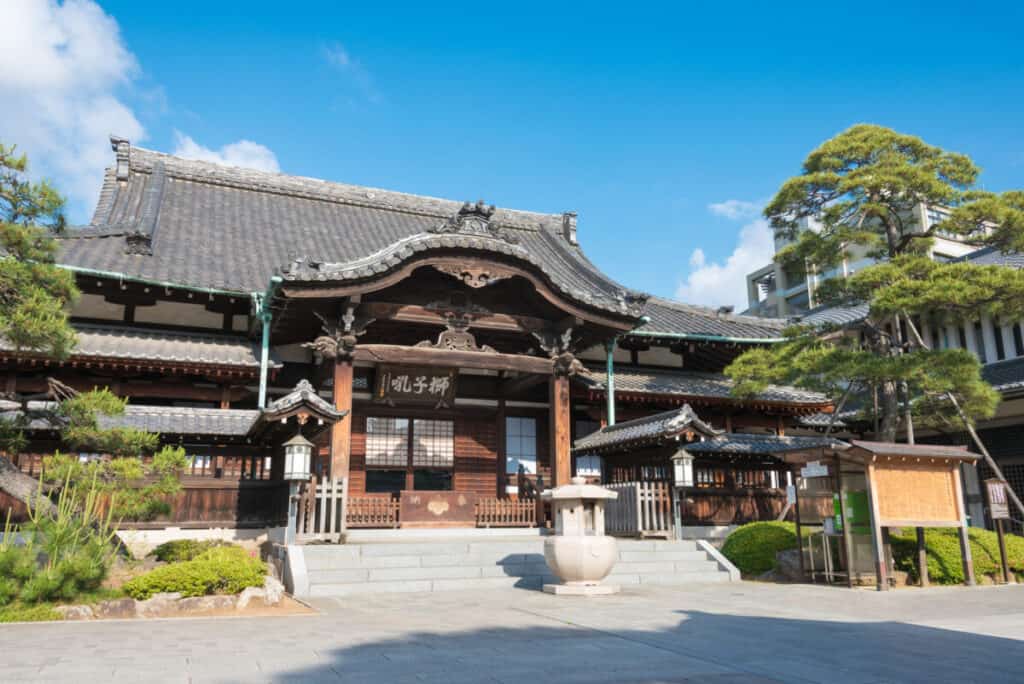
The Akoroshi are buried in the graveyard of a small temple near Shinagawa Station in Tokyo. It’s called Sengaku-ji Temple. Many have visited this temple and offered prayer. It’s a place of respect and reverence.
Sengaku-ji Temple Via Trip Advisor
Who was Miyamoto Musashi?
Miyamoto Musashi was born in 1584, and he died peacefully on June 13, 1645.
Miyamoto Musashi was a Japanese swordsman and ronin. He was also a great philosopher, strategist, and writer. He was known simply as Musashi. Musashi was raised Buddhist by his uncle.
Musashi is considered a sword-saint, or a Kensei, of Japan. He was renowned for the stories of his unique swordsmanship and undefeated duel record of 61 fights.
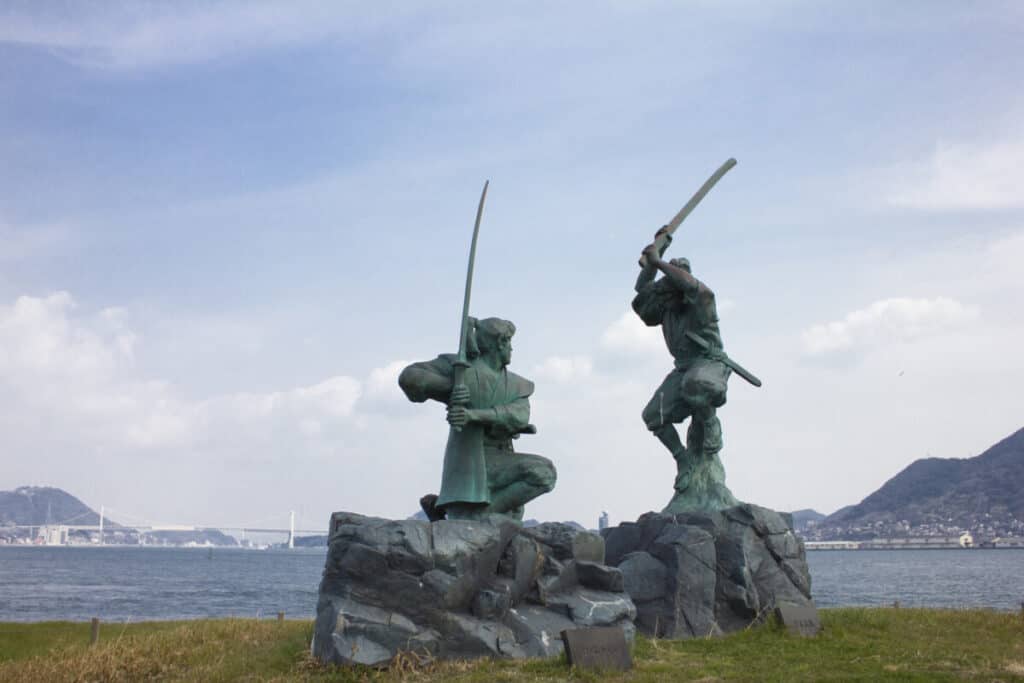
His first duel came at the age of 13 against a samurai of the name Arima Kihei, of which he was the victor. At 16, he again defeated a powerful swordsman. At 21, Musashi went to Kyoto and dueled with many skilled warriors but never lost.
The battle with Arima Kihei took place in 1596. Musashi was 13 years old when he found Arima’s public challenge which he wrote his name on. The duel was accepted by Kihei, much to Musashi’s uncle’s dismay.
His uncle tried to beg Kihei to release his nephew of the duel, and Kihei told him that Musashi would have to apologize to him when they were scheduled to duel.
Musashi charged Arima with a quarterstaff, challenging him. He threw Kihei on the ground, struck him between the eyes, and beat him to death.
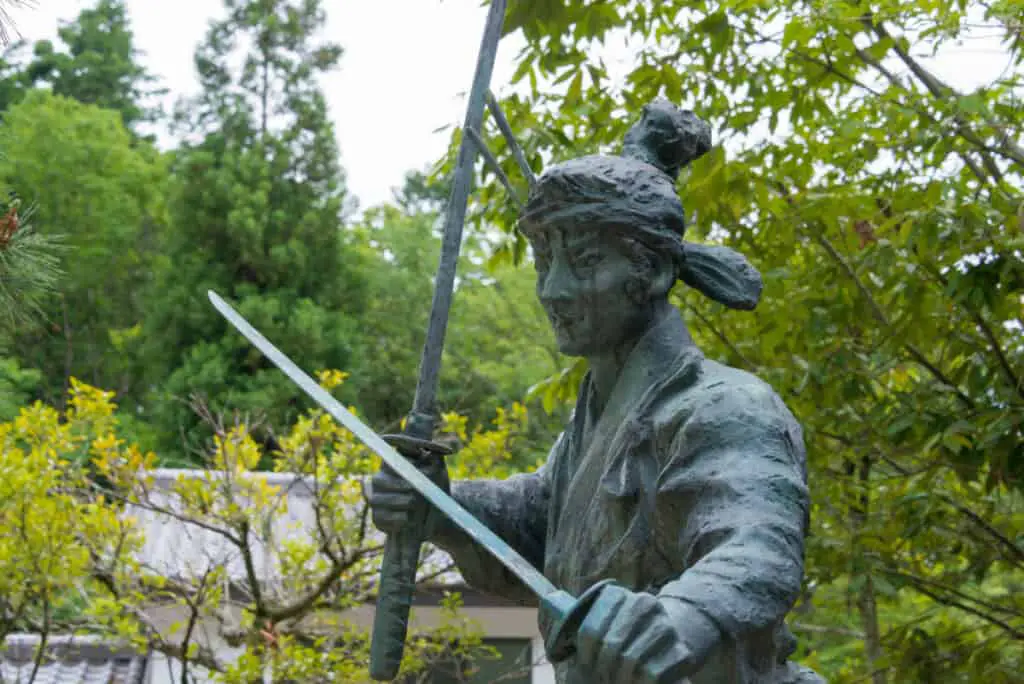
After his first victory, he left his village around the age of 16. He left his family heirlooms and possessions with his sister, choosing to travel and duel.
Musashi practiced zazen at the temple Myoshin-ji. He there met Sasaki Kojiro. They proposed a duel, believed to be politically based. The duel was scheduled to take place on the small island Ganryujima on April 13, 1612.
Kojiro was known to use an oversized greatsword or nodachi. He was well known for his sword technique, which had given him the nickname of “The Demon of the Western Provinces.”
Musashi overslept, took his time with breakfast, and leisurely arrived at Ganryujima, believed to be his way of disrespecting his opponent.
Ganryu Island Location Via Google Maps
He carved out a weapon from one of the boat’s oars on his way to the island. He taunted Kojiro and Kojiro threw his scabbard into the sea. This was a sign that he would fight to the death. They both leaped and slashed at each other and Musashi cleaved Kojiro’s skull.
In 1634, Lord Ogasawara arranged a duel with Takada Matabei, who would be defeated by Musashi.
In 1640 he was given 17 retainers, a stipend of 300 koku, and the rank okumigashira. He was also gifted Chiba Castle for his residence. In 1642 he began to suffer attacks of neuralgia, which would be the beginning of his future illness.
Exploration Of Samurai Towns Today
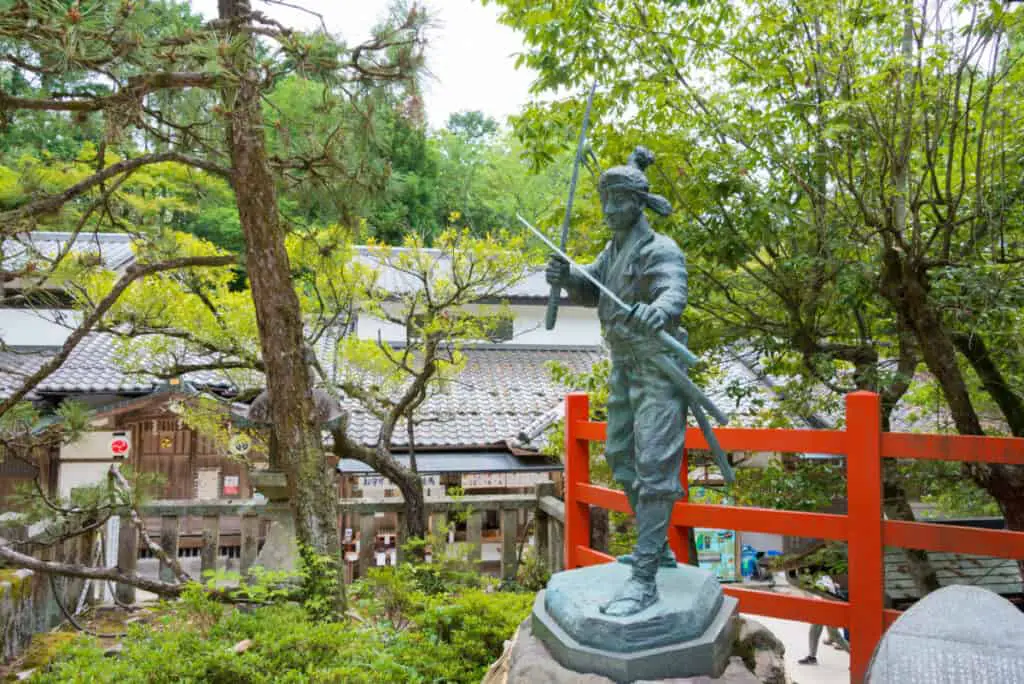
Musashi founded the swordsmanship style of Niten or Nito lchi-ryu.
He is the author of The Book of Five Rings and The Path of Aloneness. He gave both scrips to his student Terao Magonojo a week before his death.
The Book of Five Rings outlied his martial art and its significance. The Path of Aloneness is a philosophical approach to his life’s philosophy.
Musashi died in 1645 with what is believed to have been thoracic cancer. He died a peaceful death and passed on a wealth of knowledge and information.

